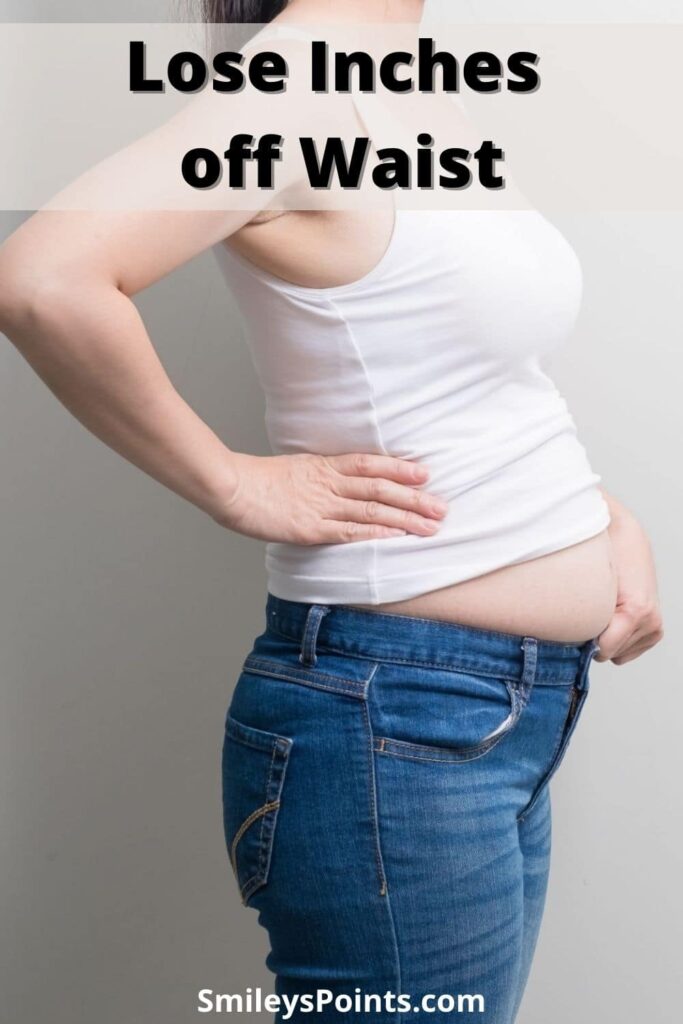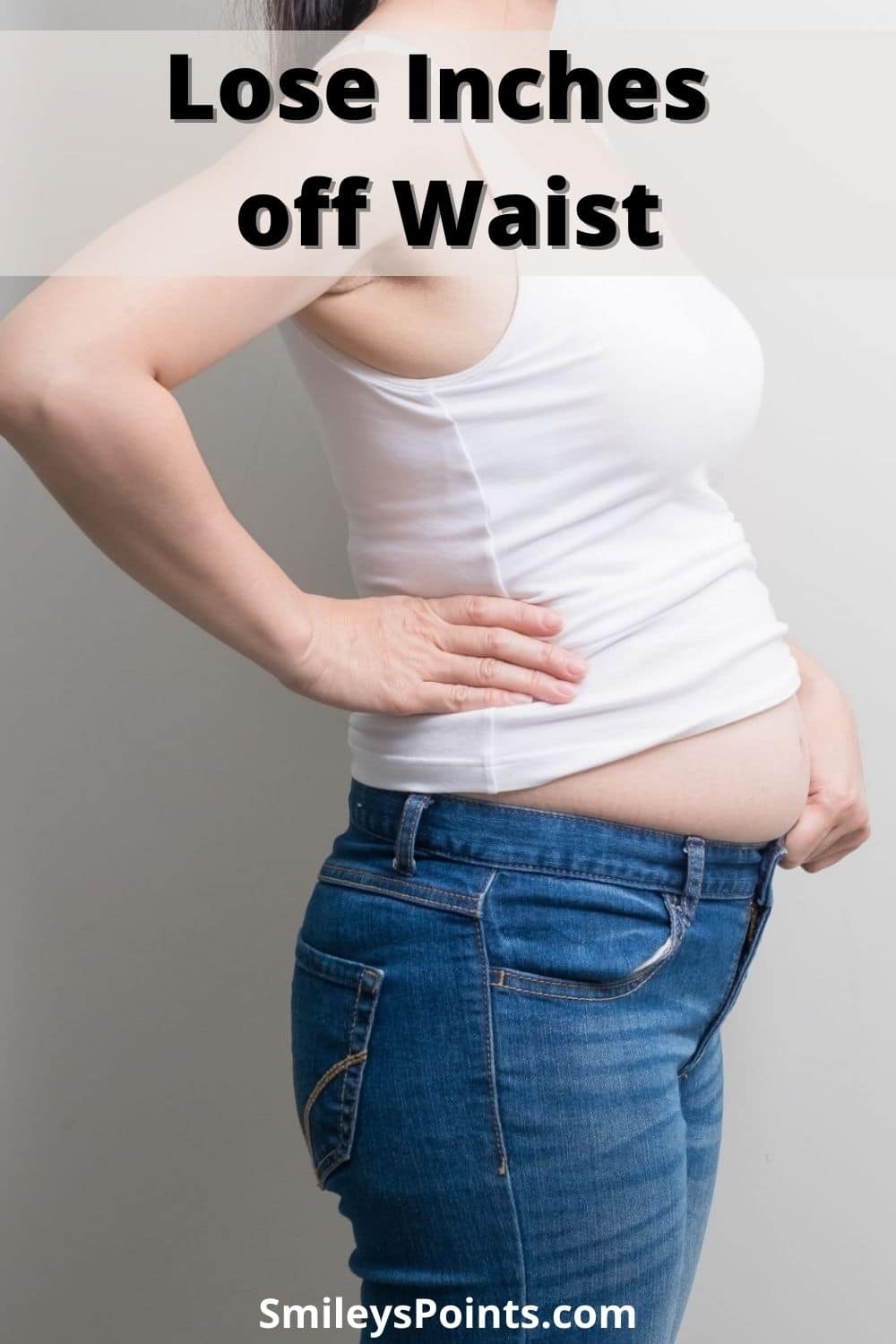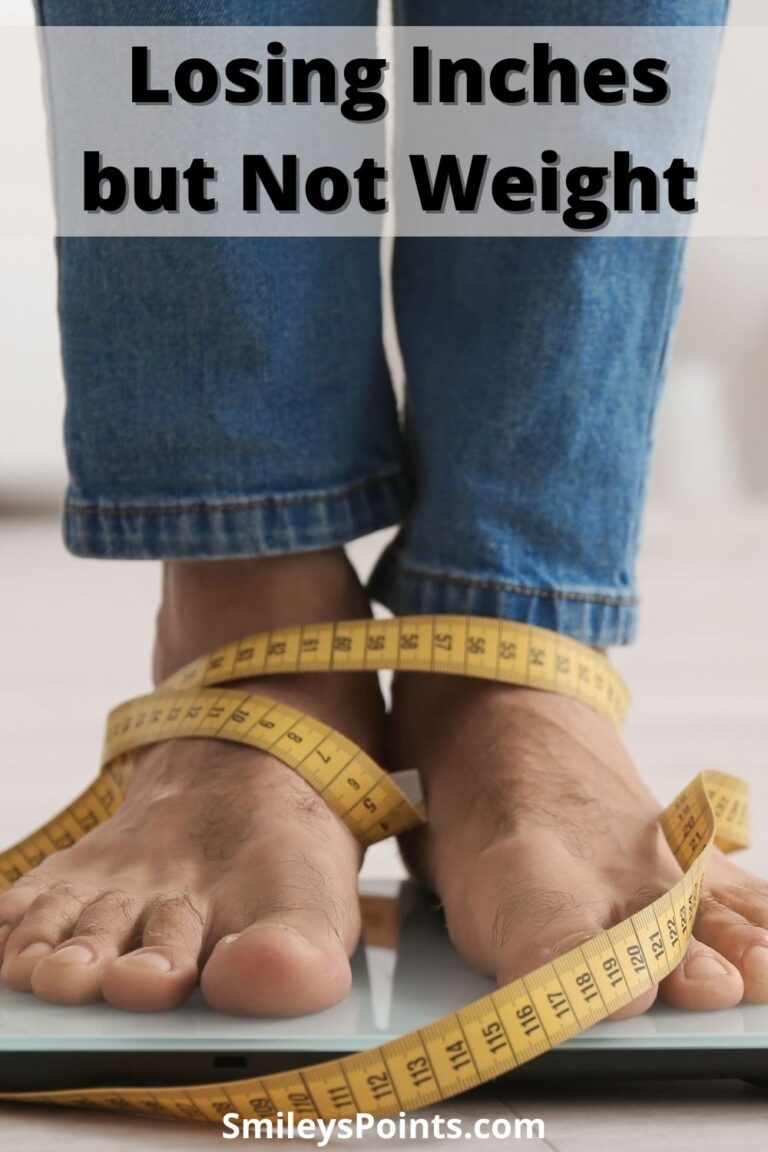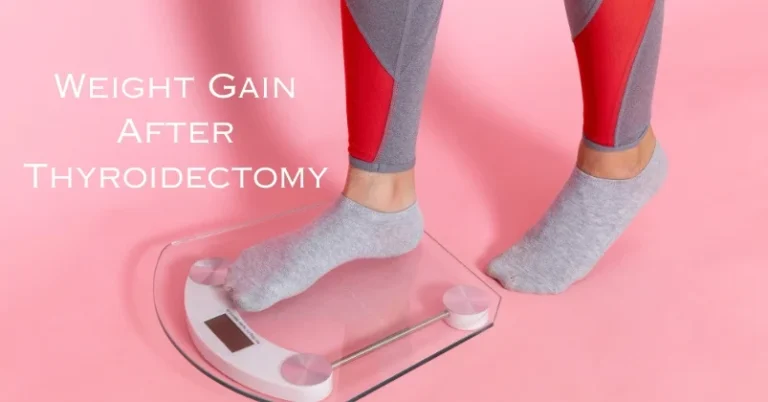How to Lose Inches off Waist – The Ultimate Guide

Medical studies indicate that losing inches off your waist is more important than losing weight. Research shows that fat deposits around the stomach are far unhealthier than fat deposits located just under the skin. We will teach you how to lose inches off your waist with a combination of exercise and proper nutrition.
Why is Excess Fat Around the Waistline Bad?
Often referred to affectionately as “love handles” or comically as “muffin top”, visceral fat is anything but cute. A little bit of body fat can be healthy, but larger amounts are bad for your health.
There are two types of fat: subcutaneous fat and visceral fat. One is more dangerous than the other.
- Subcutaneous Fat: This fat lies below the skin and is noticeable. It (unfortunately) jiggles, contains cellulite, and produces dimples, but it also improves glucose metabolism and communicates with the organs for beneficial effects.
- Visceral Fat: Visceral fat is the body fat found around the abdominals (stomach), pancreas, liver, and intestines. It is more common in men and located deeper in the stomach, accumulating under the abs and around vital organs. In large amounts, it can cause high cholesterol, heart disease, stroke, certain cancers, and sleep issues.
While subcutaneous fat doesn’t sound like such a bad thing, it can be equally dangerous to your health, so you don’t want excessive amounts of fat deposits there either. It can have a detrimental effect on joint and muscle health.
Visceral fat, though, is extremely dangerous. It is related to releasing hormones and proteins that cause inflammation that damages arteries. It can enter the liver and negatively impacts the breakdown of fats/sugars. The proximity of this fat to the liver is vital as it can also lead to producing bad cholesterol.
After a while, plaque can become inflamed, narrowing the arteries from swelling. Narrow passageways then increase blood pressure, put an unnecessary strain on the heart, and can lead to blood clots causing a stroke.
Several factors cause visceral fat. Genetics may contribute to the amount of fat an individual carries. However, it is a small factor. Predominantly, activity levels and diet are responsible for excessive visceral fat. A lack of exercise and eating empty calories will place you at higher risk.
Am I at Risk?

To access your risk level, you must take an accurate measurement of your waist as outlined below.To measure your waist circumference, you will need to stand up. Place the tape measure around your stomach above the hip bones. Place it horizontally and snugly around your waist. Avoid pressing into the skin so that you can take an accurate measurement. Measure after you exhale for best results.
For men:
- The ideal waist circumference should be between 31-16”
- Overweight is between 36-40”
- Obese is over 37”
For women:
- Waist circumference should be between 28-33”
- Overweight is between 33-37”
- Obese is over 37”
Even if you fall into the overweight or obese categories and have excessive belly fat, there is always hope for change. There are things you can do both in terms of exercise and healthy eating that will take inches off your waist. You will lose the inches, resulting in both a healthier lifestyle and increased self-confidence.
How to Lose Inches Off Waist
Losing inches off your waist can appear to be a painstakingly difficult undertaking. At first, you may lose weight everywhere but your abdominal area. Don’t be discouraged, however, and keep with your program. If you do the right exercises and perform them properly, the weight will come off your midsection.
What Should I Do, and How Long Will It Take Me?
Losing weight off your waistline requires a combination of diet and exercise for the best results.
It is also equally important to understand how losing weight helps eliminate frustration. As mentioned above, it is not possible to lose weight only around the midsection or on any one area of the body. Spot reduction methods have repeatedly been proven ineffective.
Exercises work by firming and toning the muscle found underneath the stomach fat. Though the exercises are working, the results are seldom immediately seen. It is impossible to see results only at the waistline while performing these exercises without noticing effects throughout the body.
Weight loss is an ongoing process, the results are not immediate, and there are no healthy quick fixes to the situation. It truly involves not only physical change but psychological change as well. If you don't tackle the psychological problem, you may lose weight, but it will just come back as you resume ingrained habits.
Experts agree that it takes burning 3,500 calories to burn off a single pound of fat in the body. Calorie restriction alone will get you there slowly, but it can only take you so far. Daily exercise gets you the rest of the way.
Exercise allows you to burn an additional 400-500 calories and is important for overall health. Allow your body at least one day of rest each week from activities so that it can recuperate.
If you burn about 750 calories more than is consumed in your diet, most people will lose one pound every 4.6 days. Aiming to lose one to two pounds a week is the best goal and is attainable.
Please also be aware that it is possible to plateau for a while. It doesn’t mean that you won’t lose more weight. It is just part of the process, so don’t become discouraged. Many people stay plateaued for a week or two, and then pounds melt right off in one fell swoop. Just keep doing what you have been, and you won’t fail.
Exercise
Aerobic exercises that elevate the heart rate, like swimming, jogging, and walking, help reduce fat deposits around the stomach. Exercises that target and strengthen the stomach are also good for eliminating inches off the waist. Ideally, you should do a combination for faster results, fun, and more variety.
Aerobic exercise will promote and increase blood flow throughout the body. It also increases oxygen levels to the heart, allowing it to work more efficiently. Be mindful that you don’t overdo it or underdo it. Go at a pace that still allows you to carry on a conversation without being winded but not going too slow that a conversation is effortless.
A cardio workout will burn fat and trim your stomach. Individuals should do 2 ½ hours of moderate aerobic activity per week.
Pilates, chair exercises, and yoga are low-impact exercises. They are great if you suffer from joint discomfort or haven’t worked your way up to completing an aerobic activity. For some people, aerobic activity is too much for them physically – yet they still need to exercise. These low-impact methods are easier to do and will provide good results by strengthening the core.
Diet
Exercise is great, but if you don’t cut down on the amount of food you're eating, you may be doing yourself a disservice. Losing inches from the waist requires burning more calories than you consume, and that begins with knowing how many calories you need to eat during the day to lose weight.
It is difficult to eat fewer calories initially, but eventually, your stomach becomes used to it. If you find you can’t cut back because you are always hungry, there are types of food that will combat this feeling and allow you to remain fuller longer so this doesn’t become an issue anymore.
Tips include:
- Avoid Highly (Sugar) Sweetened Beverages and Sugar in Your Diet. Excessive sugar stemming from fructose leads to increased weight around the midsection. Exchange sugary items or drinks for naturally sweet fruit. Fruits are also high in fiber, allowing you to feel fuller faster.
- Consume Higher Amounts of Protein. Protein boosts metabolism and makes you feel fuller. People who consume increased protein tend to have less visceral fat. Studies have also concluded that protein reduces the risk of gaining stomach fat over five years.
- Cut Back on Carbohydrates. Low carb diets effectively eliminate fat around the abdominal muscles, liver, and organs over a low-fat diet. Refined carbs should be limited (pasta and bread) and replaced with whole-wheat foods, oatmeal, barley, and quinoa.
- Increase Fiber. Increasing fiber is another way to remain fuller for longer and to improve the digestive system. Studies discovered that 10 g of soluble fiber consumed daily can reduce abdominal weight by 3.7%.
Psychology and Emotions
While exercise and diet will allow you to attain your goals, they may not be enough to sustain them. Many people complain about the yo-yo effect of weight loss. It's easy to regain weight after you've lost it. Keeping it off requires being diligent and managing what you eat throughout your lifetime.
It also requires addressing the reason for the weight gain in the first place. This is the psychological aspect, and once this is understood, people become aware of triggers in their life.
For some people, the trigger is emotional eating. Instead of dealing with unpleasant feelings, they choose to eat as a form of self-medicating. Simply put, they eat to feel better. This seldom works and tends to have the opposite effect of what we want for our overall appearance.
Others overeat in social settings or feel coerced by others to eat more. Think of the grandma who tells you that you are too skinny and need to eat more or the relative that guilts you into eating their food. If you don’t eat it, they feel you are insulting them. Saying no never feels like an option.
In terms of social settings, studies show people tend to eat as much or more than those they dine with. Furthermore, people tend to comment if someone orders a salad while everyone else is having wings. Social climates produce a great deal of pressure to conform and are stumbling blocks to many.
Much like drinking alcohol, some people overeat when they are bored. While watching television, they find an urge to have a snack. Instead of just placing a serving size in a bowl (because getting up to refill it would cause you to pause about having more), they take the entire bag. Since it is mindless eating, often once the program is over, the bag has been consumed.
When we know the targets, it becomes easier to make modifications. You don't have to eliminate social settings. You just need to have a firm resolve. Also, losing weight doesn’t mean you have to eliminate foods that you enjoy. It just means that you consume them in moderate quantities.
Did you know…
- Over the past several decades, portion sizes in restaurants have increased.
- Plate sizes have increased in size as well.
What does this mean? We think that if the plate isn’t full, we aren’t eating enough. Psychologically, we think that we are hungry when we aren’t. To eliminate this, try a smaller plate.
The knowledge that portion sizes in restaurants are larger arms you with the knowledge that you can either take some of it home or not order a combination meal. Examining calorie content helps you become more aware of how to eliminate excess calories and make better decisions.
Need a Little Help?
Everyone does when it comes to weight loss, and there is no shame in learning something new. Programs like Noom are successful because they tackle diet and exercise as well as the psychological issues behind weight loss.
In doing so, they help users lose the weight necessary for a healthy lifestyle, address bad habits, and target the reasons for overeating. While the reasons aren’t the same for everyone, people will find one or two areas that resonate with them. From there, it is easier and more sustainable to make lifestyle changes.
Weight Watchers, now referred to as WW, uses a point system. A Personal Points Engine asks a series of questions and determines your Personal Points budget, and there are some ZeroPoint Foods for foods so you can work other things into your meal plan.
Weight Watchers offers support. You can go on the journey alone or use a coach or community support system for help. It is completely up to you.
iTrackBites, now called Healthi, is another option that uses an algorithm very similar to WW, but it’s much more affordable. If you haven’t looked into Healthi yet, we highly recommend it. Find out more information here.
However much you weigh now shouldn’t keep you from attaining a healthy lifestyle. When you consider all these factors, you can become healthy. All it takes is hard work, perseverance, support, and dedication. You will get there if you don’t give up. You deserve to be a healthy version of yourself and to feel great.








